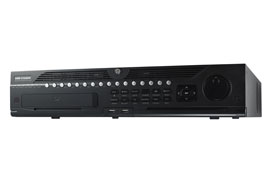Charles McCready

Charles McCready
Senior Product Specialist, Panasonic Corporation of North AmericaCharles is a Senior Product Specialist for Panasonic System Communications Company and acts as a technical resource for partners and customers seeking to deploy and manage comprehensive video surveillance and security solutions across a wide variety of vertical markets and industries. Charles is based out of Panasonic’s U.S. headquarters in Newark, NJ.
Articles by Charles McCready
From a network performance perspective, adding higher megapixel camerasaffects bandwidth utilization The quest for higher megapixel, high-definition and high-resolution video imagin...
Coming of age: storage devices have evolved to better record, manage and play back high-quality images Video surveillance and security technology continues to come of age. The sophi...
News mentions
NVR appliances ease analog to IP transition by providing end users with a hybrid-ready product There should be a palatable migration path from a large installed base of analog t...
NVRs of the past may have been expensive & complicated to use, but today NVRs have user-friendly functionality How much do you know – or think you know – about netwo...
NVR appliances are increasingly importantfor businesses incorporating a well-roundedphysical security plan A major, oft-mentioned advantage of network video recorder (NVR...

































